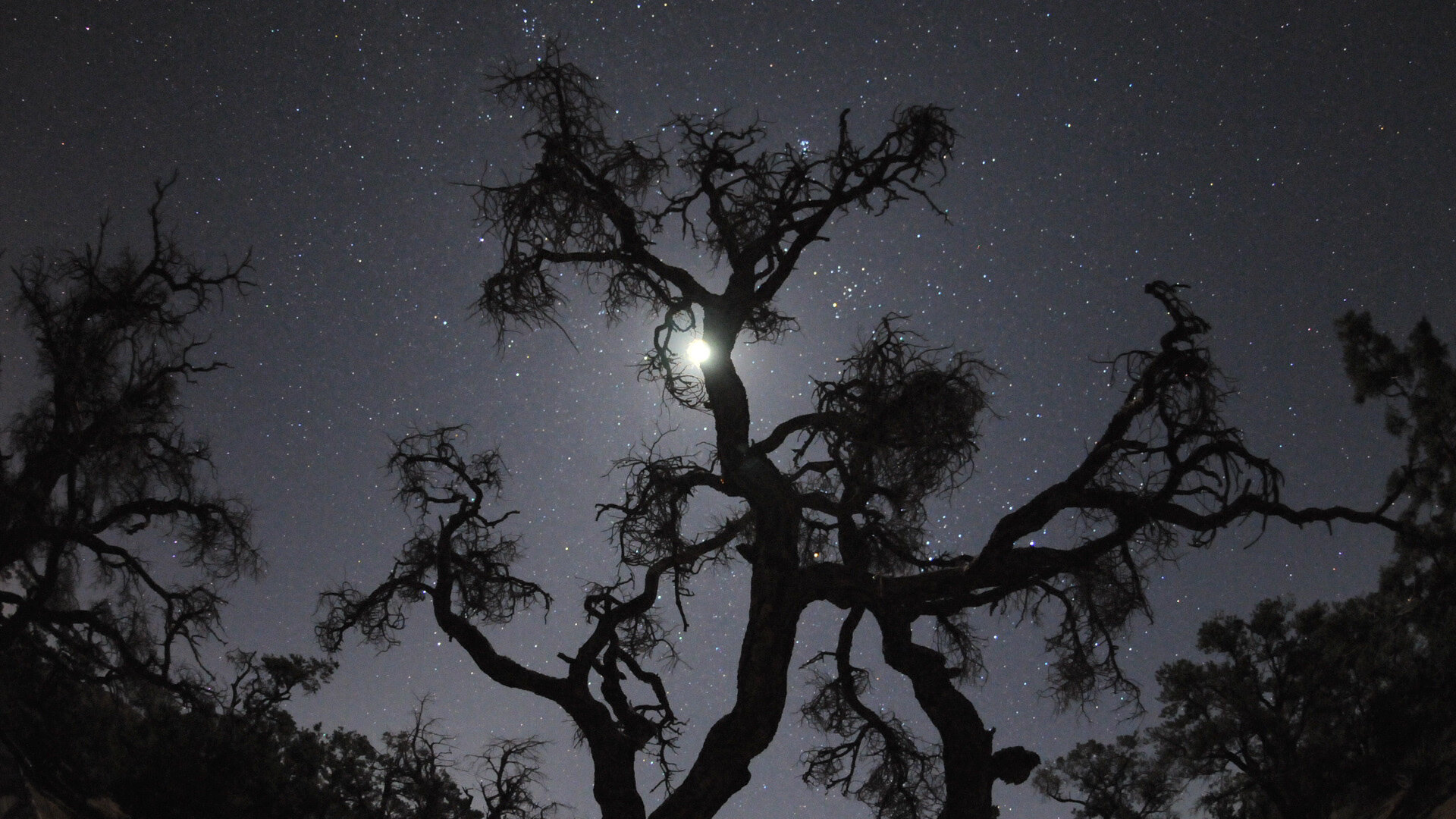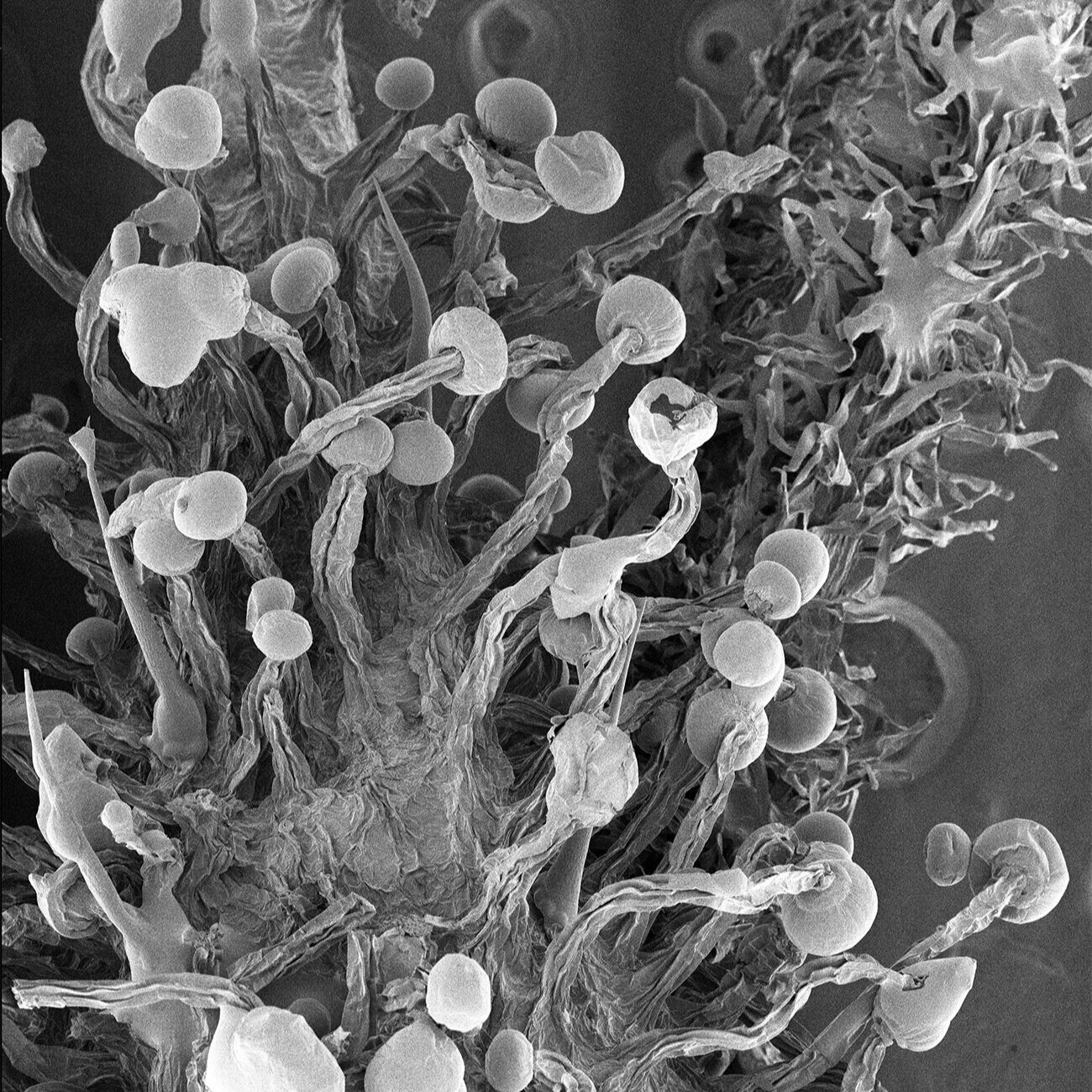
The Botanical Mind: Art, Mysticism and The Cosmic Tree
Drawing on indigenous traditions from the Amazon rainforest; alternative perspectives on Western scientific rationalism; and new thinking around plant intelligence, philosophy and cultural theory, The Botanical Mind Online investigates the significance of the plant kingdom to human life, consciousness and spirituality across cultures and through time. It positions the plant as both a universal symbol found in almost every civilisation and religion across the globe, and the most fundamental but misunderstood form of life on our planet.
This online project was developed alongside an exhibition at Camden Art Centre in 2020. Conceived and curated by Gina Buenfeld and Martin Clark, it expands and extends the themes and research informing the show, bringing together digital commissions, podcasts, films, texts, images and audio.
The Cosmic Tree
The Cosmic Tree is a universal archetype that appears in the symbolism and mythologies of countless civilisations. It represents the Axis Mundi – World Axis – that connects the physical and transcendental realms of the universe. From the giant Yggdrasil, that connected the Nine Worlds of Norse mythology, to the ‘Tree of Knowledge’ in the Garden of Eden, the motif of a sacred tree is often associated with the figure of a serpent – an emblem of the shamanic experience, ascending from the shadows to the spiritual plane.
Sacred Geometry
Echoing the fractal and spiral geometries inherent in plant-forms and flowers – as well as the psychoactive visions induced by (entheogenic) mind-manifesting plant medicines – certain patterns or designs emerge again and again in art and science, appearing and reappearing across cultures and through time. Blueprints for the natural world, they seem to connect the macro- to the micro-cosmos, revealing an encoded, vegetal intelligence.
Indigenous Cosmologies
In the Amazon rainforest, the patterns found in nature are the basis of sacred geometries that indigenous people paint onto their skin and ceramics, or weave and embroider as textiles or bead-work. They call these patterns ‘kené (sacred designs) and some say that these geometries once connected the universe in a continuous tissue - a primordial reality in which the planes of existence (material, immaterial, visible, invisible) were once unified and whole.
Astrological Botany
Before the scientific revolution, the medieval European world view was built around sympathetic and intuitive relationships – a natural science based on intimate, lived knowledge and equivalence and balance with nature. Correspondences between movements in the celestial realm and the properties of the material world, the so-called principles of ‘As Above, So Below’, or ‘As Within So Without’, informed a practice of plant-medicine based on the humours of the body.
As Within, So Without
In Jung's concept of the archetypes, he perceived continuities between the forms of physical as well as psychic reality, essential patterns - regularities of form and structure - that appear in nature and arise naturally in the mind. The many mandalas that appear in Carl Jung’s Libur Novus, or Red Book, were created with a method he called Active Imagination - an attempt to ‘form in matter’ his innermost thoughts and the structure of his psyche.
Vegetal Ontology
Plant sentience is often dismissed as its characteristics cannot easily be overlaid on the signs of consciousness expressed in human, or animal, subjects. A philosophical consideration of vegetal life requires an expanded appreciation for modes of being peculiar to plants, attending to them on their own terms as centres of intelligence that exert behaviour within scales of time and movement that differ vastly from our own.
Artists and Writers
Eileen Agar / Anni Albers / Josef Albers / Sarah Angliss / Consuelo "Chelo" González Amézcua / Gemma Anderson with Wakefield Lab and John Dupré / Anna Atkins / Kirk Barley / Jordan Belson / Annie Besant and Charles Leadbeater / Karl Blossfeldt / Carol Bove / Jagadish Chandra Bose / Kerstin Brätsch / Bernd Brabec De Mori / Hildegarde von Bingen / Andrea Büttner / Adam Chodzko / Ithell Colquhoun / Bruce Conner / Brenda Danilowitz / Das Institut / Mirtha Dermisache / Minnie Evans / Cerith Wyn Evans / Charles Filiger / Robert Fludd / Monica Gagliano / Giorgio Griffa / Brion Gysin / Friedrich Wilhelm Heine / Ernst Haeckel / Dr Stephan Harding / Anna Haskel / Tamara Henderson / Channa Horwitz / Textiles from the Huni Kuin (Kaxinawa) people / C.G. Jung / Joachim Koester / Rachid Koraïchi / Hilma af Klint / Emma Kunz / Yves Laloy / Ghislaine Leung / Linder / Simon Ling / Michael Marder / Agnes Martin / André Masson / John McCracken / Terence McKenna / Henri Michaux / Matt Mullican / Wolfgang Paalen / Paul Păun / Stefan A. Pedersen / Santiago Ramón y Cajal / Steve Reinke and James Richards / Edith Rimmington / Adele Röder / Daniel Rios Rodriguez / Rupert Sheldrake / Textiles and ceramics from the Shipibo-Conibo people / Penny Slinger / F. Percy Smith / Janet Sobel / Philip Taaffe / Priscilla Telmon and Vincent Moon / Fred Tomaselli / Delfina Muñoz de Toro / Alexander Tovborg / David Tudor / Lee Ufan / Scottie Wilson / Terry Winters / Adolf Wölfli / Bryan Wynter / Henriette Zéphir / Anna Zemánková / Unica Zürn / artists from the Yawanawá community







